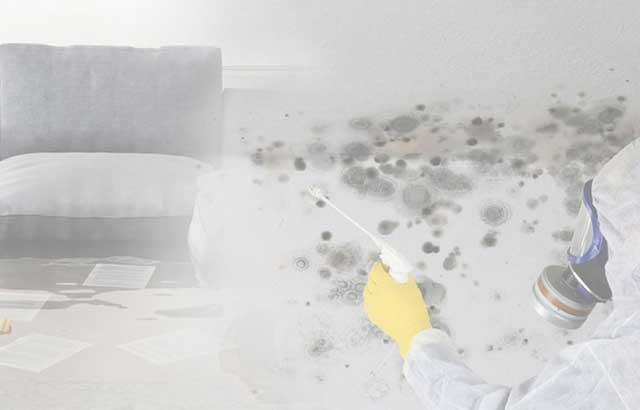Bathroom Water Damage - Ways To Avoid This Happening
Bathroom Water Damage - Ways To Avoid This Happening
Blog Article
Just about everyone has got their own theory in relation to How to Prevent Bathroom Water Damage.

The bathroom is extremely susceptible for damp build-up and also possible water damage due to the regular use of water in it. This post supplies simple inspection techniques to help discovering water damage risks.
The regular use of water in the shower room makes it very at risk for wet buildup and also possible water damage. By inspecting it routinely, you can decrease water associated damages.
The complying with set of evaluations is simple to carry out as well as ought to be done when in every three months in order to keep your bathroom healthy and also to stop possible water problems triggered by the tub, the shower, pipe joints and also plumbing, sinks, closets, and also the commode
Do not neglect performing these examinations and also be thorough while executing them. Remember that these simple assessments can conserve you a lot of cash by providing early indicators for water damages
Tub and Shower
The shower and also bath tub need unique focus and also upkeep. Inspect the ceramic tiles as well as replace if broken. Ensure that there is no missing cement in between the ceramic tiles. Check as well as replace cracked caulking at joints where the wall surfaces fulfill the flooring or the tub. Blocked drains pipes and also pipelines issues will prevent the bath tub from drying and also might indicate serious troubles under the tub. Talk to a professional immediately to stop architectural damage. Take notice of stainings or soft areas around the bathtub wall surfaces as they may indicate an inner leakage.
Plumbing
Signs for water damage are hard to identify considering that many pipes are set up inside the wall surfaces.
Pay special focus to flooring and also walls wetness as well as discolorations as they may show an unnoticeable plumbing problem. Examine wetness levels in adjacent rooms too.
Sinks as well as Cabinets
Sinks and closets are exposed to dampness as well as humidity everyday and are usually ignored. Inspect consistently under the sink as well as on the countertop over it. Fix any type of drip in the catch as it may suggest drain troubles. Take a look around the sink, slow draining pipelines might indicate an obstructed drainpipe. Replace sink seals if they are split or loosened.
The Toilet
The toilet is an at risk water joint. Check the water lines as well as look for leaks around the bathroom seat, in the pipe, and also under the water tank. If you discover any kind of indicators of moisture on the floor around the bathroom, look for leaks in the toilet rim as well as container seals.
Realize that hanging toilet bowl antiperspirants increases the chances for clogs.
TIPS TO PREVENT WATER DAMAGE IN THE BATHROOM
The average household uses approximately 80-100 gallons of water per person per day. For a family of 4, that's almost 2,500 gallons of water a week! The largest portion of this consumption comes from bathroom use. Flushing the toilet uses the most water, followed by taking a shower or bath. With that much water running through the home, water damage in the bathroom is bound to happen. Knowing how to spot signs of a water leak is essential to preventing long-term damage. This guide provides you with tips to reduce the impact of water damage on your bathroom.
CAUSES OF BATHROOM WATER DAMAGE
Pipe breaks are the most common cause of water damage we see in our daily jobs. The age of a pipe plays a large role in a pipe break as well as corrosion. Over time, the metal begins to break down, allowing water to escape. Frozen pipe breaks are also a concern in the winter months. Toilet overflows caused by paper products or children flushing inappropriate items. Degraded caulking around the toilet or bathtub can allow water seepage, sometimes behind the fixture, into the subfloor or walls. Condensation forms when the water in a pipe is cooler than the air temperature. Beads of water form on the exterior of the pipes, sometimes so much so that the water begins to drip and pool below. Sink or shower backups created by poor drainage. HOW TO PREVENT WATER DAMAGE IN YOUR BATHROOM
Inspect your toilet supply line for worn or frayed hoses and replace them as needed. Winterize your plumbing to prevent a frozen pipe break. Use vent fans to prevent condensation that can lead to mold growth. Routinely check and replace degraded caulking around your toilet or bathtub. Increase the temperature in your toilet tank and insulate your pipes during the warm summer months to keep condensation from forming. Use child safety locks on the toilets. Flush only toilet paper. "Flushable" wet wipes are actually not good for your plumbing system. Additionally, feminine hygiene products should not be flushed. Prevent water from escaping the tub or shower. Make sure shower curtains are in good condition. Inspect shower doors and replace the seal strip if necessary. Wipe up any water that accumulates on the floor and use bath mats. Water left to sit can cause damage to the tiles and flooring. Refrain from using bath products containing heavy oils to avoid a clogged drain.

Do you like reading about Preventing Water Damage in the Bathroom? Make feedback below. We would be glad to find out your responses about this post. In hopes that you come back again later on. Do you know somebody else who is sincerely interested in How to Repair and Prevent Bathroom Water Damage? Be sure promote it. Many thanks for taking the time to read it.
Visit My Web Page Report this page